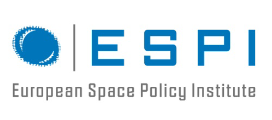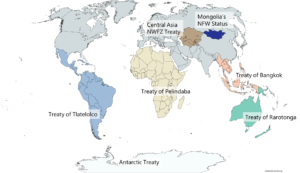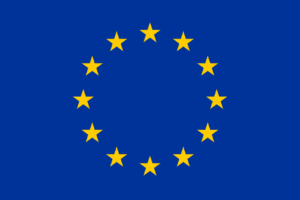The Hague Code of Conduct Against Ballistic Missile Proliferation: “Lessons Learned” for the European Union Draft Code of Conduct for Outer Space Activities
European Space Policy Institute
ESPI Perspectives 34
Concerns about the harm caused upon orbiting space objects – whether intentional or accidental – have increased in recent years, as well as the emerging awareness that the security and safety of national satellites – of vital importance for modern societies but at the same time so vulnerable – relies on a collective effort. In December 2008 the EU responded to these concerns by adopting a Draft Code of Conduct (EU Draft CoC) for outer space activities. According to some experts, many look at the Hague Code of Conduct against Ballistic Missiles Proliferation (HCoC) as a successful example of how “soft law” can be implemented and play a concrete role in an international security context. While it is certainly interesting to look at the two Codes in parallel (they are complementary and similar in some aspects but different in others), a closer look at the HCoC would unveil its limits. This important exercise can allow for the drawing of “lessons learned” and avoid the repetition of circumstances that may undermine the credibility, universality and implementation of the EU Draft CoC. The main aspects considered here include the universalisation of the EU Draft CoC and its chances to motivate a larger participation in it, its effective implementation by adhering states and the scope of the Code. Some recommendations to increase the chances of a universal and effective EU Draft CoC are put forward.
JUNE 2010
Lucia Marta
THE CONTEXT
“The Hague Code of Conduct against Ballistic Missiles Proliferation (HCoC) is a successful example of how “soft law” can be respected and can play a concrete role in the international security context.”

In December 2008 the Council of the European Union adopted a Draft Code of Conduct (EU Draft CoC) for Outer Space Activities. Concerns about the harm caused by intentional or accidental events to orbiting space objects have increased in recent years, following two episodes that caused damages to satellites and an impressive amount of debris (Chinese anti-satellite missile test, held on January 2007 and the collision between Iridium 33 satellite (US) and Cosmos 2251 satellite (Russia) in February 2009. An international legal framework in the use of space already exists, but some standards for good behavior are still missing. As the use of space expands in terms of activities and actors, the potential for additional frictions around it increases.
Satellites are today of vital importance for modern societies but at the same time so vulnerable. The awareness that the security and safety of national space assets relies on a collective effort has emerged and some propositions were put forward. Among them, the joint proposition by China and Russia for a treaty concerning weapons and the use of force in outer space1 has few possibilities to have follow-up, due to the legally binding nature of the treaty and the consequent difficulties to draft a shared text. The European Union – acting for the first time as an international normative actor in the domain of space – proposed a Draft Code of Conduct for Outer Space Activities. The EU Draft CoC has a greater chance to achieve a large consensus since it concerns the whole international community, it adopts an approach that does not require a space weapon definition and it is politically and not legally binding.
Many question the role and the efficacy of a Code of Conduct, as a tool of “soft law”. In particular, studies have been already conducted about regimes in the security domain, which are particularly valuable but also particularly difficult to achieve and implement.2 More rules of the road do not mean that they will be respected by all and in any circumstances (also legally binding treaties can be broken) but the adoption of a Code of Conduct can serve this purpose.
By defining new good practices it can augment the likelihood that rules (that did not exist before) are respected and can help to identify irresponsible actors. Moreover, a Code today can facilitate the adoption of a Treaty tomorrow, or even the creation of customary international law.
According to some experts3, the Hague Code of Conduct against Ballistic Missiles Proliferation (HCoC) is a successful example of how “soft law” can be respected and can play a concrete role in the international security context. While it is certainly interesting to look at the two Codes in comparison (they are complementary, similar and different at the same time), a closer look at the HCoC unveils its limits. Such an important exercise can allow for the drawing of “lessons learned” and avoid repeating the circumstances that can undermine the credibility, universality and implementation of the EU Draft CoC.
1 United Nations Conference on Disarmament. Draft “Treaty on Prevention of the Placement of Weapons in Outer Space and of the Threat or Use of Force Against Outer Space Objects (PPWT)” Introduced by the Russian Federation and China. CD 1839 of 29 Feb. 2008. Geneva: United Nations.
2 Krasner, Stephen D. Editor. International Regimes. New York: Cornell University Press, 1983. 3
3 Rathgeber, Wolfgang, Nina Louisa Remuss and Kai-Uwe Schrogl. “Space Security and the European Code of Conduct for Outer Space Activities”. UNIDIR Disarmament Forum, 10.4 (2009): 33-42.





